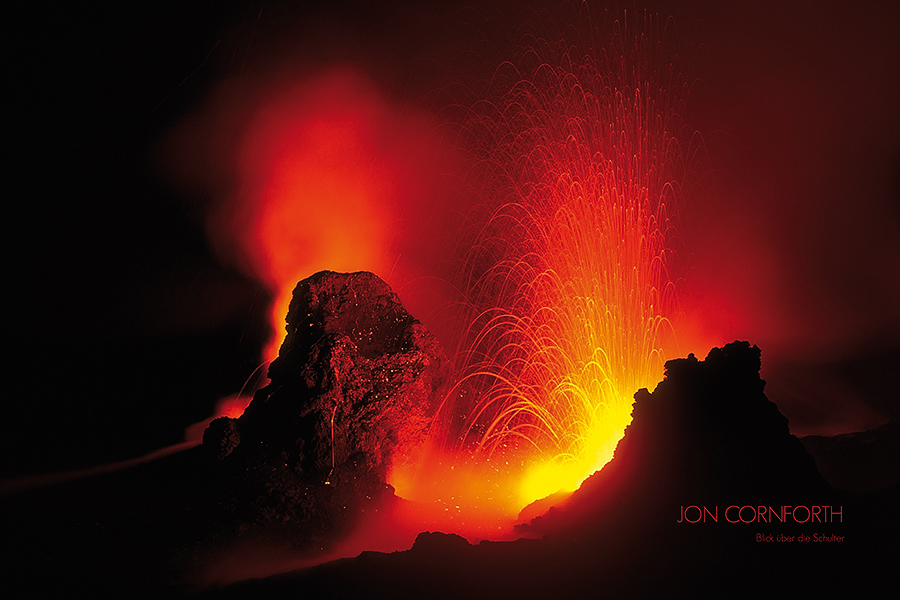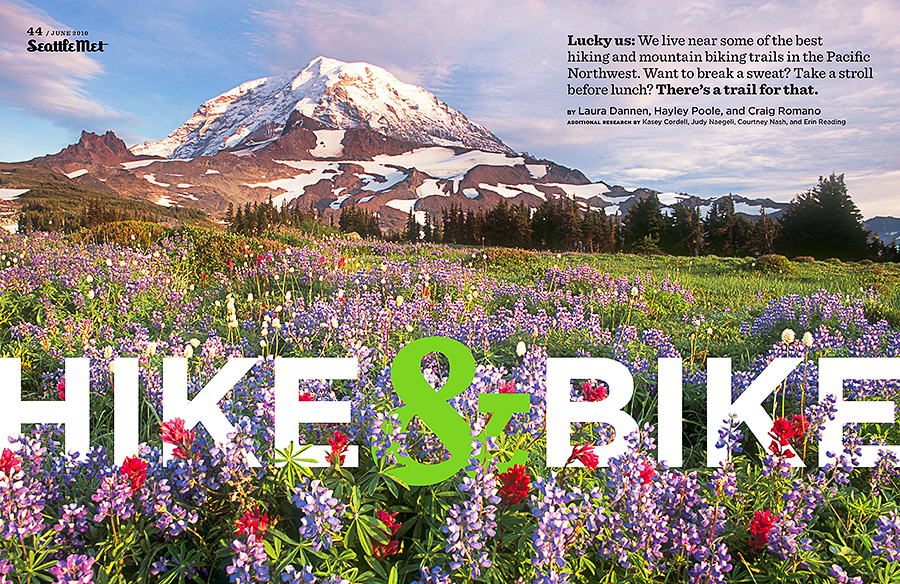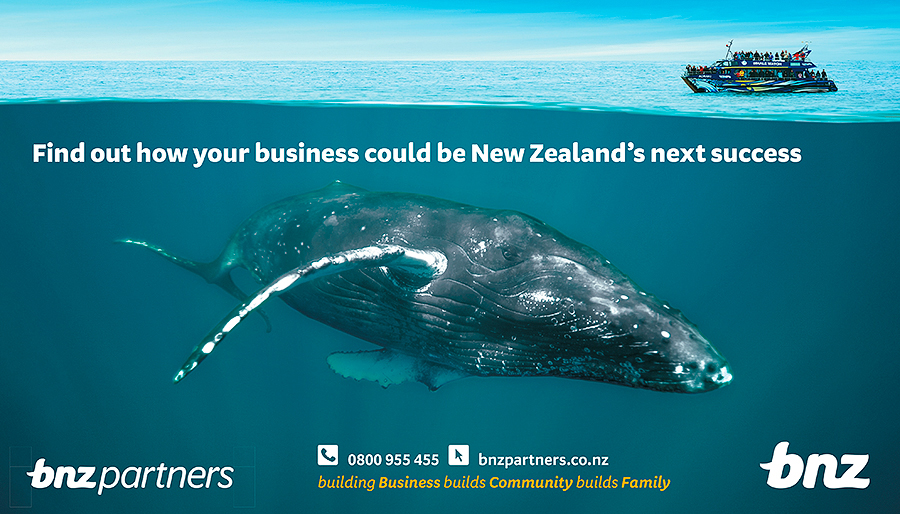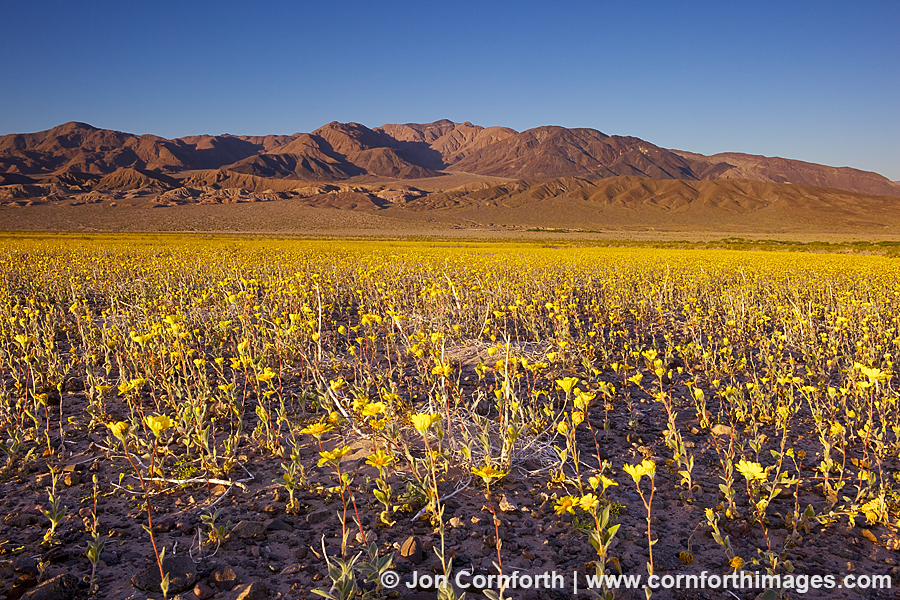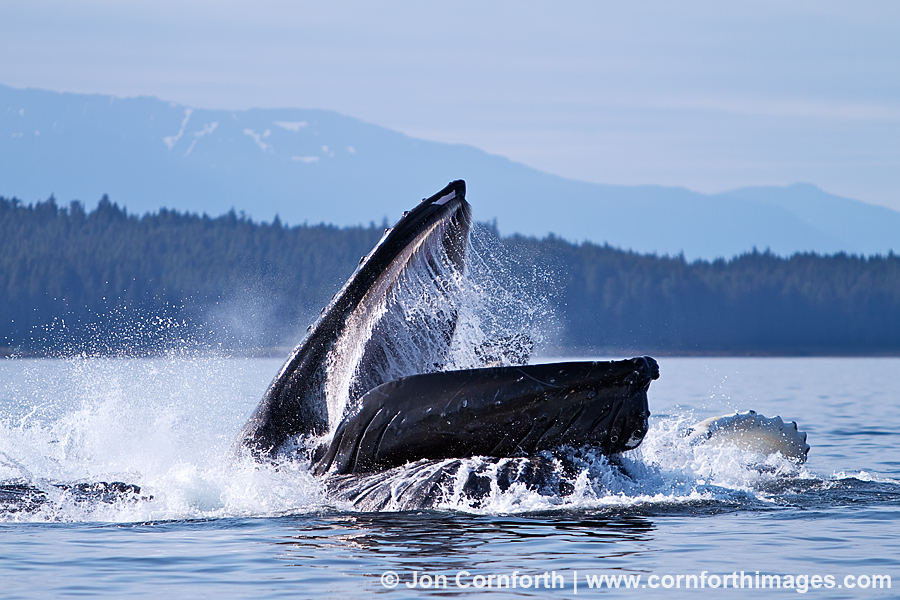
Humpback Whales Bubble Feeding 100
Posted onI always say that if I could photograph only one thing, that it would be whales. Unfortunately, they are the most difficult and expensive subject that I photograph. I have swam next to these gentle giants and watched them repeatedly breach into the air, but the most amazing behavior I have documented is humpback whales bubble-net feeding in Alaska. This phenomenon involves a group of whales diving beneath a school of fish and blowing a ring of bubbles underwater to effectively form a net as it rises to the surface. The ring can be up to 100′ in diameter. The fish get scared by the bubbles and become concentrated in the center. At the last second the whales swim up from beneath the school of fish with their months open swallowing everything they can in one enormous gulp. Research has shown that the individual whales repeatedly take up the same positions as they come out of the water during each attack. The best photographs include the most dominant whales in the center positions as they burst above the surface and slam their mouths closed. An incredible amount of patience and luck is involved in anticipating where the whales are going to form a bubble-net. If I am close enough and can see the bubbles rising at the last second, I have to react fast enough to capture the moment as they lunge out of the water. Magnificent!


